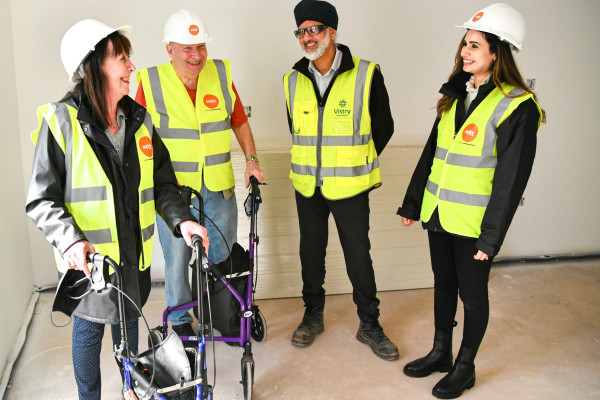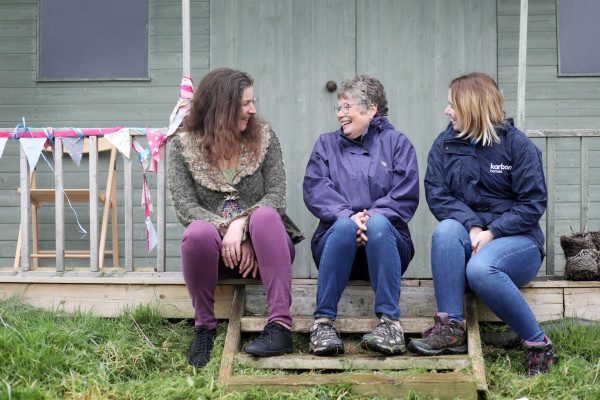At the 2021 Budget, Chancellor Rishi Sunak announced the introduction of the Levelling Up Fund. £4.8 billion has been put in place by the government to ensure that ‘no community is left behind’. Funding will be made available for investment in infrastructure including high streets and town centre regeneration, upgrading local transport, and investing in cultural and heritage assets.
The fund has attracted negative attention following the news that many Conservative-held regions will be in the top tier for assistance despite their relative affluence. Local authority areas across Britain have been placed into three levels of need, with those in Level One more likely to be prioritised for funding.
Following calls for the government to explain how they had placed regions into the tier system, MHCLG published their methodology on Thursday 11 March. This showed that areas with low productivity and long commutes have been prioritised. A number of metrics have been used to assess an area’s need, but the metric given the most weight is journey time to work by car. As a result, rural areas are more likely to benefit from this fund, even if they are wealthier than average; Barnsley and Salford have been placed in the second category despite being two of the most deprived places in the country.
Critics have questioned why the government didn’t utilise its own Index of Multiple Deprivation (IMD) which is widely accepted and considers other factors such as income, crime, and health. The methodology gives no weighting to deprivation (or household income), which is surely more of an indicator of need for economic recovery and growth than the length of commute.
From a social housing perspective, the inclusion of Skills (proportion of working age adults without NVQ qualifications) as a metric is a welcome consideration. Housing associations have long been aware of the impact that a lack of skills training has on employment prospects and are heavily engaged in providing training and employment support in their communities. However, the overall weighting of the allocation criteria and omission of key factors such as deprivation means some communities that are most in need of levelling up will miss out. After all, many social housing residents are more likely to experience low incomes and a lack of job opportunities regardless of their proximity to employment hubs and their method of transport.
PlaceShapers involvement
Although bids can only be made by local authorities, the eligibility guidance advises bidding authorities should consult with a range of local stakeholders when formulating their proposals. The guidance also makes it clear that bids with support from their local MP will have more chance of success.
The first round of funding will focus on regeneration of town centre investment, including regenerating Brownfield sites for residential use and investing in secure community infrastructure. Housing associations should take the opportunity now to engage with their local councillors and MPs to advise on how this fund can be utilised in their neighbourhoods.
PlaceShapers members have an important role to play in the Levelling Up agenda and can be valuable partners to local authorities and MPs in the bid making process.
We’d like to hear members ideas for how the fund could be used in your area and if you are planning on assisting a bid. Contact James Bryson, Public Affairs Officer (James.Bryson@PlaceShapers.org) to discuss the fund and engagement with your local stakeholders.












